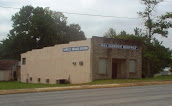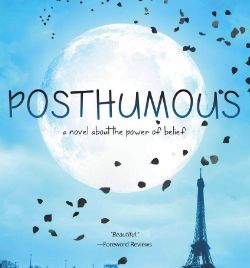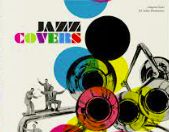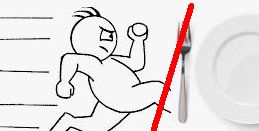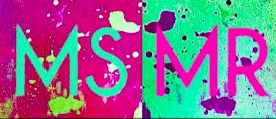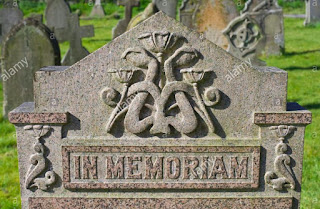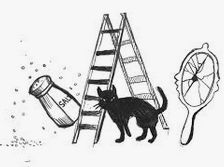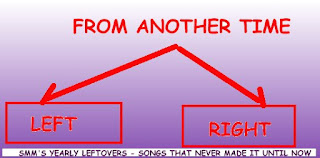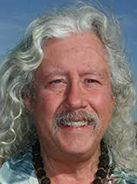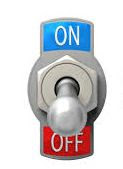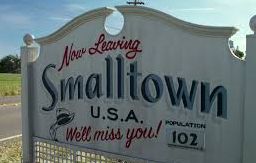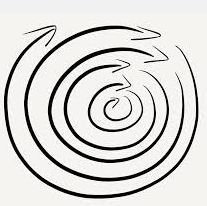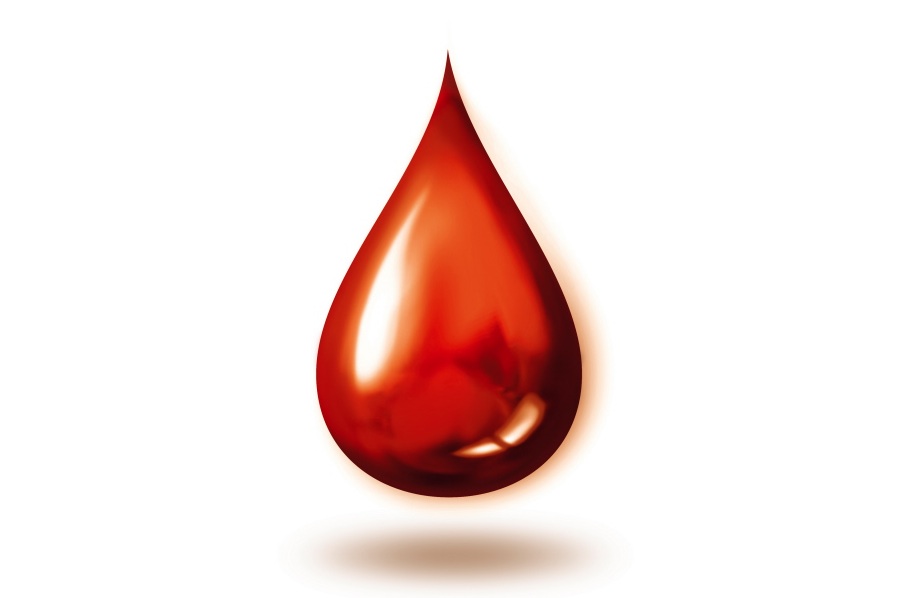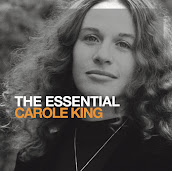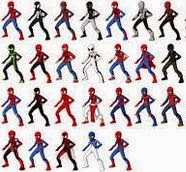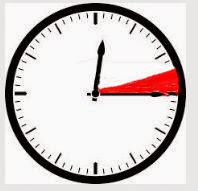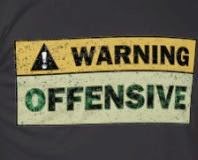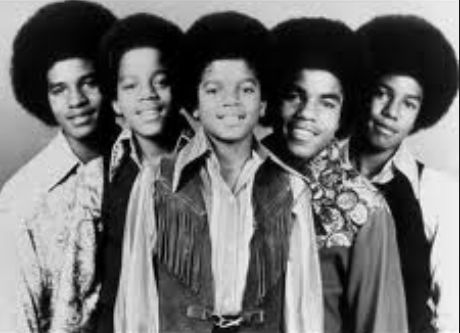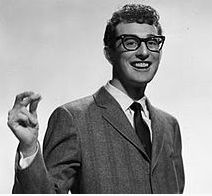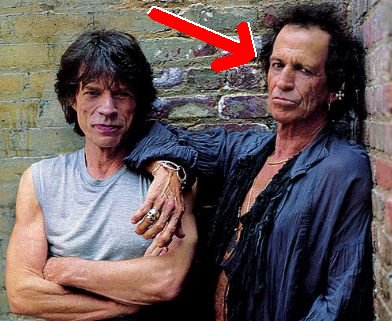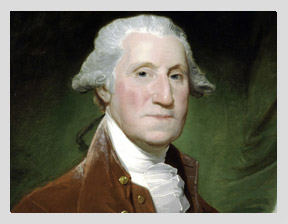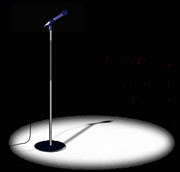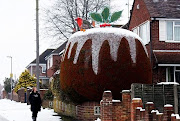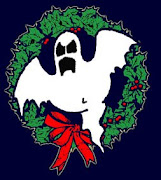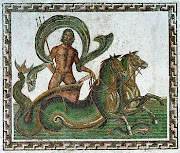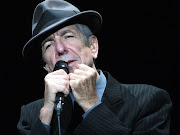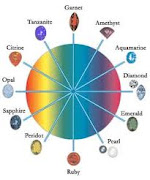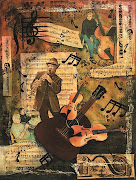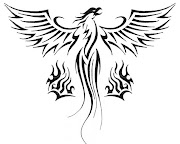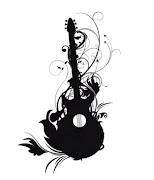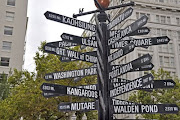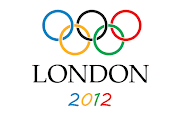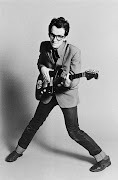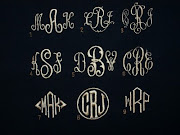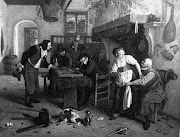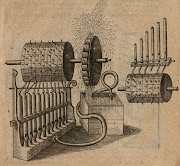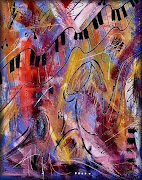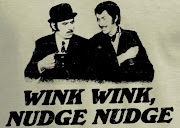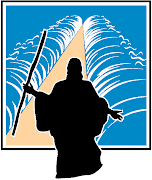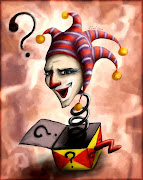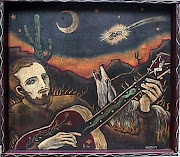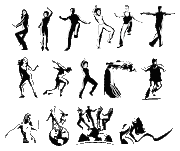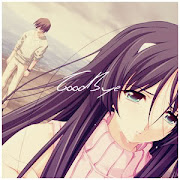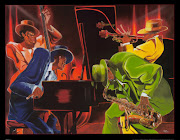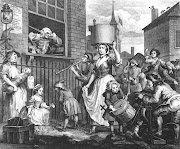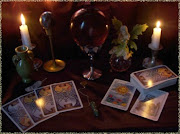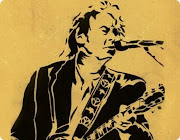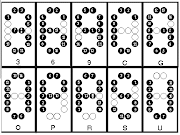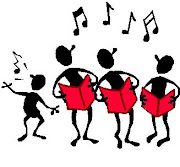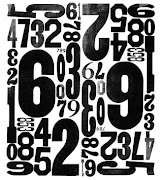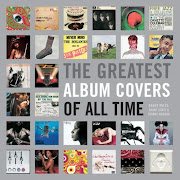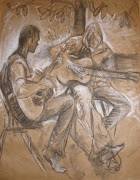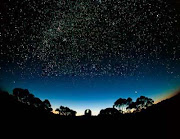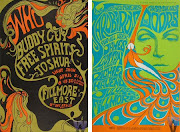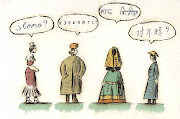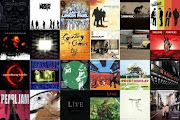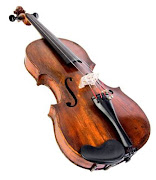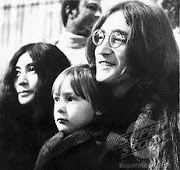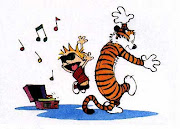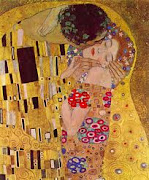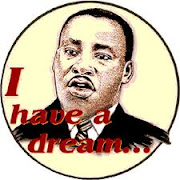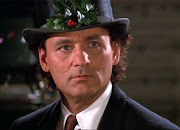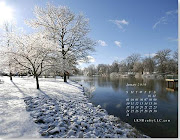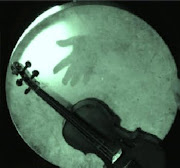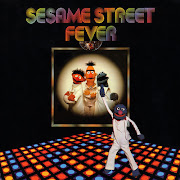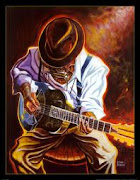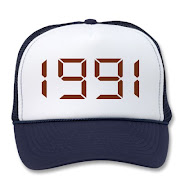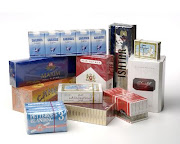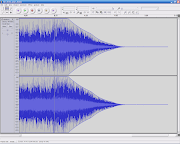Tuesday, December 6, 2016
Leftovers: Ste*--Prog Rock Guitarists Steve Howe, Steve Hackett and Steve Hillage
Yes: Mood For A Day
[purchase Fragile by Yes]
Steve Hackett: Ace Of Wands
[purchase Voyage of the Acolyte by Steve Hackett]
Steve Hillage: Castle In The Clouds/Hurdy Gurdy Man (Live)
[purchase Live Herald by Steve Hillage]
Ste* was one of the odder themes we had in 2016, and in response, I wrote about brilliant guitarist Steve Tibbetts, a relatively obscure musician whose music, as I said, “exists somewhere in the never particularly commercial intersection of jazz fusion, world music and ambient music.” Thinking about our Leftovers theme, I realized that I was aware of three more guitar virtuosi whose first name is Steve. So, I figured, why not write a little about each of them, in reverse order of their fame.
Despite the fact that all three of them are remarkable guitarists, and have continued to make music for years, I pretty much stopped following their careers years ago. Whether it was a change in their music, or changes in my tastes, or, more likely, a combination of both, I’m really not knowledgeable about their work from after the 1980s, which may well be very good. I do still enjoy the music that they made back in the day.
Steve Howe (who was already the subject of a Ste* post), of course, is best known for his work with Yes. Born in 1947 in North London, he made his first recording, a cover of Chuck Berry’s “Maybelline” in 1964 with the Syndicats, and played in a number of other bands, including Tomorrow and Bodast. Check out this Bodast tune, “Nether Street,” part of which was later used in Yes’ “Starship Trooper.” After passing on the chance to join the Nice and Jethro Tull, once it was clear that Bodast was not going to get a deal, he agreed to join Yes, replacing Peter Banks. Howe’s eclectic influences, including classical, jazz, and rock helped to create the distinctive Yes sound during their best and most iconic period.
He left Yes when it broke up in 1981, wasn’t asked back for the reformation of the band (so, he didn’t play on “Owner of a Lonely Heart”), and reunited with most of the “classic” Yes lineup in Anderson Bruford Wakeman and Howe. He has participated in some, but not all, of the various Yes lineups over the years. I really stopped listening to Howe after he left Yes the first time. I never really paid much attention to his solo albums (including the ones he made while still in the band), or any of the later Yes efforts that he appeared on. There were a few good songs on the first Asia album, but I felt that the band was less than the sum of its parts, and his project with Steve Hackett, GTR, also failed to interest me. Howe continues to record with Yes and in a jazz trio featuring his son on drums, and to perform.
Steve Hackett, Howe’s GTR bandmate, is best known for his work with Genesis. Born in 1950 in central London, he was a self-taught guitarist. After gigging with a few bands, in 1970, he joined Quiet World with his brother John, a flutist, and appeared on their only album, before leaving the band. Hackett put an ad in Melody Maker magazine for musicians "determined to strive beyond existing stagnant music forms." Peter Gabriel answered the ad because his band, Genesis, had lost their original guitarist, Anthony Phillips. Like Howe, Hackett wasn’t the first guitarist in the band which made him famous, but was part of the band’s best, and best known, lineup.
Over time, Hackett began to feel marginalized by Genesis which gradually put less of his music on its albums. After the tour supporting the Wind And Wuthering album in 1977, Hackett left the band. I followed Hackett’s solo work for a while. His first solo album, Voyage of the Acolyte, recorded while he was still in Genesis, featured the band's drummer Phil Collins, who also sang on one song (before he was the lead singer of Genesis), and bassist Mike Rutherford, along with John Hackett, and is probably a minor prog rock classic. I was also a big fan of 1979’s Spectral Mornings, and continued to listen to, and enjoy Hackett’s solo work, to a somewhat diminishing degree, through the mid-1980s.
One of Hackett’s big problems is that he is a great guitarist and a bad singer. So, when he writes songs with lyrics, he either has to bring in outside vocalists with varying success, or sings himself, usually with the assistance of significant processing, and mostly unsuccessfully. After that, I again pretty much lost track of Hackett’s career—occasionally listening to some of his studio and live Genesis “revisited” work, but ignoring most of his varied output, which has ranged from classical, to world music, to blues, to prog and rock. Hackett also continues to record, as a solo artist and with others, and to tour as a solo act, and with a mostly Genesis-based show.
Steve Hillage, the youngest and least well-known of the trio of Steves, was born in 1951 in northeast London. Hillage played in a number of bands as a teenager, a couple of which even recorded and released albums. While attending university in the Canterbury area starting in 1969, Hillage began to play with other musicians and bands in the Canterbury scene. In 1971, he formed Khan, which released one album of psychedelic prog, before breaking up. Hillage then joined Kevin Ayers’ band before becoming a member of Gong in 1973, as the band was starting work in its “Radio Gnome” trilogy. But when Gong inevitably disintegrated, Hillage began a solo career.
I was introduced to Hillage while at WPRB, almost certainly from hearing his great live, spacy cover of Donovan’s “Hurdy Gurdy Man,” from the 1979 album Live Herald, which led me to the rest of his solo work. I will admit that my immersion into the Gong world focused mostly on the later, Pierre Moerlen-led albums which were almost entirely Hillage-free, and it was only much later that I spent any time listening to the bizarre Daevid Allen era band’s eclectic psychedelia that featured Hillage.
Just as I was getting into Hillage’s music, he began to move away from the prog rock guitar heroics that I liked, and into ambient dance music, which I didn’t, so I basically stopped paying attention to his career after the late 70’s. Over the years, Hillage produced albums for a variety of acts, including Simple Minds (pre-Breakfast Club fame) and continues to focus on performing and recording dance music under the name System 7 and Mirror System with his long time musical and personal partner, Miquette Giraudy. He also occasionally participates in Gong reunions. And, for some reason, he appeared on this Elton John cover “sung” by William Shatner.
I’d love to be able to tie this up with some clever ending, but like a post-Thanksgiving turkey, cranberry and stuffing sandwich, it is sometimes better just to be happy that things work together, without overthinking why.
Posted by Jordan Becker at 8:30 AM
Labels: Asia, Daevid Allen, Genesis, Gong, GTR, kevin ayers, Leftovers, Mike Rutherford, Peter Banks, Peter Gabriel, Phil Collins, Pierre Moerlen's Gong, STE*, Steve Hackett, Steve Hillage, Steve Howe, William Shatner, Yes
blog comments powered by Disqus




































